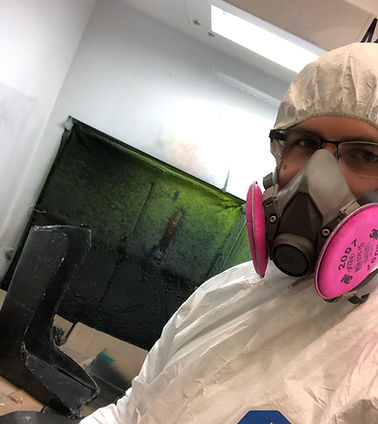
Better Boot
The challenge was to design a medical boot with a variable-height sole to maintain level hips, incorporating lightweight materials, a long lifecycle (1-3 years), and physiological data collection via a microcontroller.

My Role in this Project
I led the design and manufacturing, creating the sole’s variable-height mechanism, selecting materials, and integrating embedded systems for data collection. I also oversaw CNC machining and pre-preg carbon fiber production and post-production.
Target Users and User Testing
The target users are patients with mobility issues requiring medical boots, as well as healthcare providers needing reliable, data-driven solutions for patient rehabilitation.
Early prototypes were too heavy and unrefined, causing discomfort. Smoothing out the edges through careful post-production reduced the sharp edges and corners while maintaining strength. Users reported sole rebound energy issues, resolved by refining the sole’s thickness and shape for smoother operation.


Preliminary Work and Challenges
I researched carbon fiber weave types and conducted material tests, finding pre-preg layering superior to standard layups. Initial concepts were sketched, and 3D-printed prototypes tested sole adjustability. Microcontroller integration was simulated for data accuracy.
Challenges included achieving a lightweight yet durable sole that matches the height of the shoe worn on the user’s other foot, ensuring compatibility with off-the-shelf boots, and integrating a microcontroller without adding bulk. Material selection for the 1-3-year lifecycle was critical.
Final Product and Discussion
The final boot features a lightweight, adjustable carbon fiber sole, attachable to standard medical boots, with an embedded microcontroller for walking data. It ensures level hips and meets the 1-3-year lifecycle requirement.
This project taught me advanced material science and embedded systems integration. Overcoming surface finish and flexibility challenges through pre-preg manufacturing was a key lesson, resulting in a practical, user-focused medical device.
